| Abstract | The importance of humidity control in buildings with high latent load has increased due to inefficiency of conventional vapor compression cooling (VCC) system in both energy-use and maintaining a thermally comfortable room. To address this, an innovative approach is proposed: a heat-pump-driven liquid desiccant (HPLD) air-conditioning system, which integrates a liquid-desiccant (LD) system dehumidifying air based on vapor pressure difference with a heat pump controlling both desiccant-solution and air temperatures. Both the proposed HPLD air-conditioning system and conventional VCC system are installed in a high-latent-load public building in Seoul, South Korea. Thermal comfort satisfaction based on indoor temperature and humidity distribution and energy consumption of the two systems are empirically compared in various outdoor air conditions in summer. The VCC system operates solely by setting a target room temperature; reference case 1 is set at 25°C (77°F) corresponding to comfort level in summer, while reference case 2 is set at 18°C (64.4°F) to investigate overcooling and condensation dehumidification. In the proposed case, the proposed system operates by setting both the target room temperature and humidity at 25°C (77°F) and 0.0105 kg/kg (0.0105 lb/lb), respectively. In cold and humid weather during summer rainy season, the reference cases 1 and 2 achieve thermal comfort satisfaction ratio for only 0 and 12% of operating hours, respectively. In contrast, the proposed case maintains a thermally comfortable room for 99% of operating hours. The reference cases 1 and 2, and proposed case record energy consumed to maintain the thermally comfortable room for an hour as infinity, 536, and 41 kWh/h (infinity, 1829, and 140 kBtu/h), respectively. In hot and humid weather, the thermal comfort satisfaction ratio of operating hours is recorded as 2, 79, and 94% for the reference cases 1 and 2, and proposed case, respectively. The corresponding energy consumed to maintain comfort for an hour is recorded as 2072, 72, and 64 kWh/h (7070, 246, and 218 kBtu/h) for the reference cases 1 and 2, and proposed case, respectively. Field-test results reveal that the conventional VCC system struggles to maintain comfort energy-efficiently in high-latent load buildings, relying solely on achieving the target room temperature in the operation. In contrast, the proposed system excels in maintaining comfort while using energy efficiently, independently controlling air temperature and humidity based on both set parameters in the operation. This advantage is particularly noticeable during rainy season, highlighting superior applicability of the proposed system in high-latent-load buildings compared with the reference system. |
|---|
